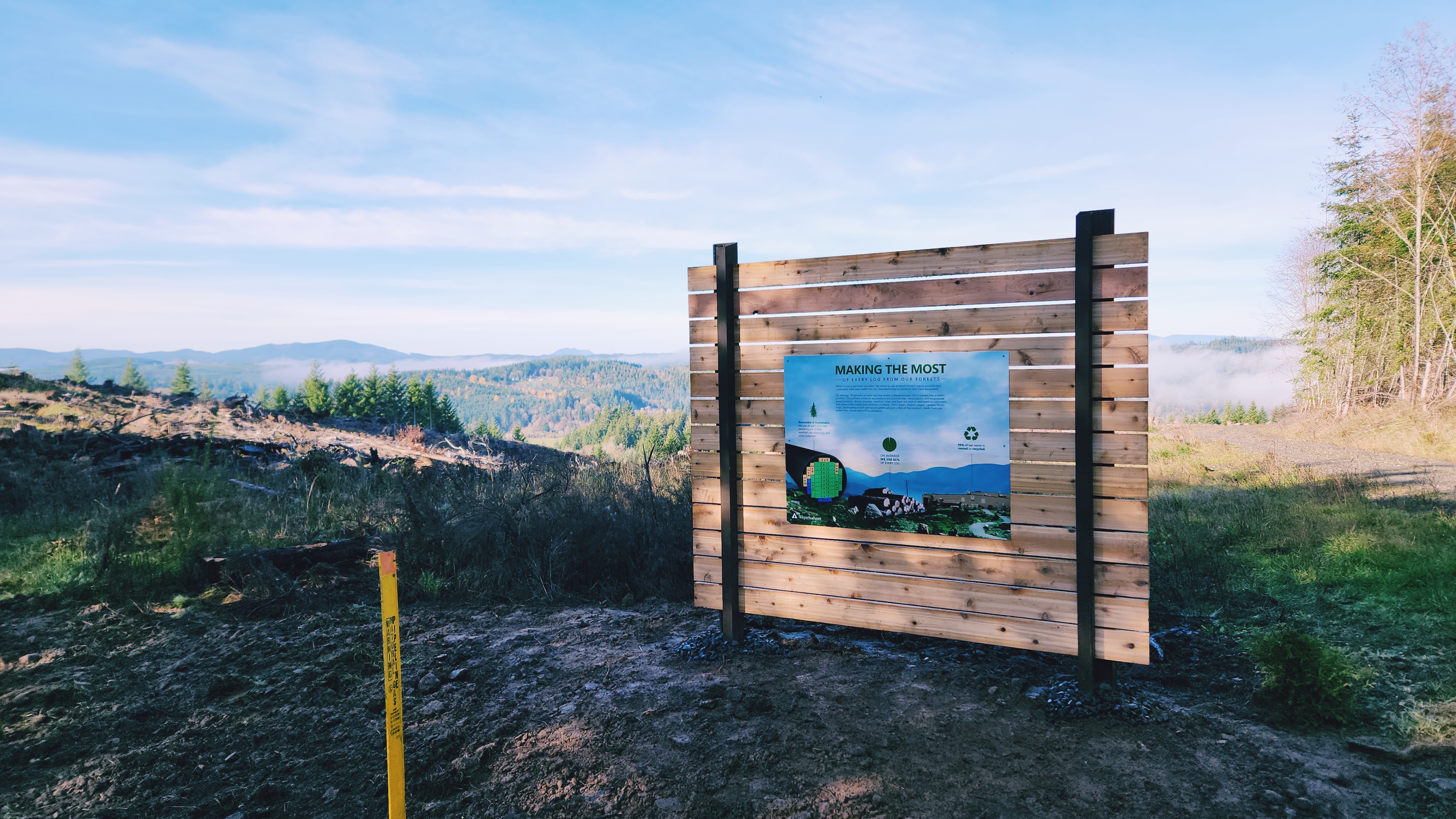
A small depression pond (cutgrass prairie subtype) included in the 1,600 acres we added to the North Carolina Natural Heritage Registry in March. It’s one of three known sites of this type in the state and one of the most important homes to rare plants and animals in North Carolina’s Inner Coastal Plain region.
In March, our North Carolina ������Ƶ team made a significant contribution to the state’s natural heritage, voluntarily adding 1,600 acres of our timberlands to the state’s prestigious Registry of Natural Heritage Areas. The land added to the registry spans six counties in the Coastal Plains region and is home to various rare and endangered species.
It’s not the first time our land has been added to the Registry of Natural Heritage Areas — we now have 3,500 acres included. It won’t change our ownership or how we manage the property, but it’s a big show of support for conservation in North Carolina.
“It shows that sustainable forestry and conservation can coexist,” says Tyler Benzinger, ������Ƶ area manager. “We’re proud to work with the state to support the multiple benefits of working forests.”
A close-up of the rare threadleaf sundew, which thrives in cutgrass prairies. Registering sensitive sites with the state’s natural heritage registry is one way we show how our management and logging practices take meaningful steps to conserve species like this one.
A LONG-STANDING COLLABORATION
As the largest private landowner in North Carolina, our team has enjoyed a long-term working relationship with the state heritage registry since our first acreage was listed on it in the early 1990s.
In North Carolina and elsewhere, state natural resource agencies use databases to help track ecologically significant natural resources. Registry agreements help ensure those resources are protected for future generations. Depending on the state, registries might include information on land use, water quality, endangered species that call the land home or other natural features. In some cases, the registry informs decisions by a state or nonprofit organization to purchase for-sale property for conversation.
Andrew Brown, environmental manager for our Virginia and Carolinas ������Ƶ teams, is the primary liaison with state registries and regularly reviews data in our internal land management tool for potential areas to include in natural heritage registries.
This cypress swamp was recently added to the registry.
A GOLDEN OPPORTUNITY
One plant on the newly included 1,600 acres caught Andrew’s and the North Carolina Natural Heritage Program’s attention: The coastal goldenrod (Solidago villosicarpa). The plant is a species that thrives in areas where coastal storms have blown down canopy trees, allowing sunlight into the forest. Coastal goldenrod is known to exist on fewer than 10 sites in the world, all in North Carolina — and two are on our property.
“The North Carolina ������Ƶ team is proud to conserve this unique plant, and registration was an opportunity to codify our commitment to conserving it,” Andrew says. “Every day at work, our ������Ƶ teams think hard about managing the land in a way that’s a win-win for everyone and every species.”
Of course, we already manage our lands for ecosystem benefits, which is a requirement for our ongoing commitment to Sustainable Forestry Initiative® certification. This process includes carefully evaluating sensitive areas and adjusting our harvest plans to accommodate them.
Some of our best practices for protecting the coastal goldenrod include avoiding herbicides in areas where it grows and buffering existing populations on active harvest sites. We also work to identify and remove invasive non-native plants that would otherwise compete with the coastal goldenrod for resources.
“We’re committed to sustainably managing our properties while prioritizing the conservation of rare plants and animals and the ecosystem benefits they provide,” Tyler says.
North Carolina ������Ƶ team members assess a conservation site. Ensuring that our practices conserve sensitive species is always a top priority. Pictured are Billy Tucker, regional silviculture manager; Aubrey Gay, harvest manager; and Jack Mady, silviculture and planning forester.
IT ALL ADDS UP
Other flora on the acres added to the registry this year include the quillwort arrowhead (Sagittaria isoetiformis), threadleaf sundew (Drosera filiformis), Robbins’ spikerush, (Eleocharis robbinsii), awned meadow-beauty (Rhexia aristosa) and netted nutrush (Scleria reticularis). Fauna includes the Mabee’s Salamander (Ambystoma mabeei), which prefers certain ephemeral ponds for breeding and egg-laying.
“From a big-picture perspective, our efforts are connecting habitats where possible, especially in the swamps and estuarial rivers of the coastal plains,” Andrew says.
According to Scott Pohlman from the North Carolina Department of Natural and Cultural Resources, every little action makes a big difference. He worked closely with Andrew and our ������Ƶ team members to review our practices before accepting the sites into the registry — a rigorous process to document our management, which culminated in a land-management agreement between our North Carolina ������Ƶ team and the North Carolina Department of Natural and Cultural Resources.
Andrew Brown with former colleague Pam Fenton at our Cool Springs Environmental Education Center. The site has long been listed in the state’s natural heritage registry.
“While there are challenges to conserving these areas, including a lack of resources for active management like prescribed burns, conservationists are optimistic about the future,” Scott says. “With continued support from nonprofit partners, the public and private landowners such as ������Ƶ and other forest products companies, these important natural areas can continue to be protected for future generations.”
Tyler agrees.
“Our participation in the heritage program aligns with our long-term dedication to managing our forests for both environmental and economic benefits,” he says. “It also supports our long-term goal of maintaining the health and diversity of our forests for generations to come.”


